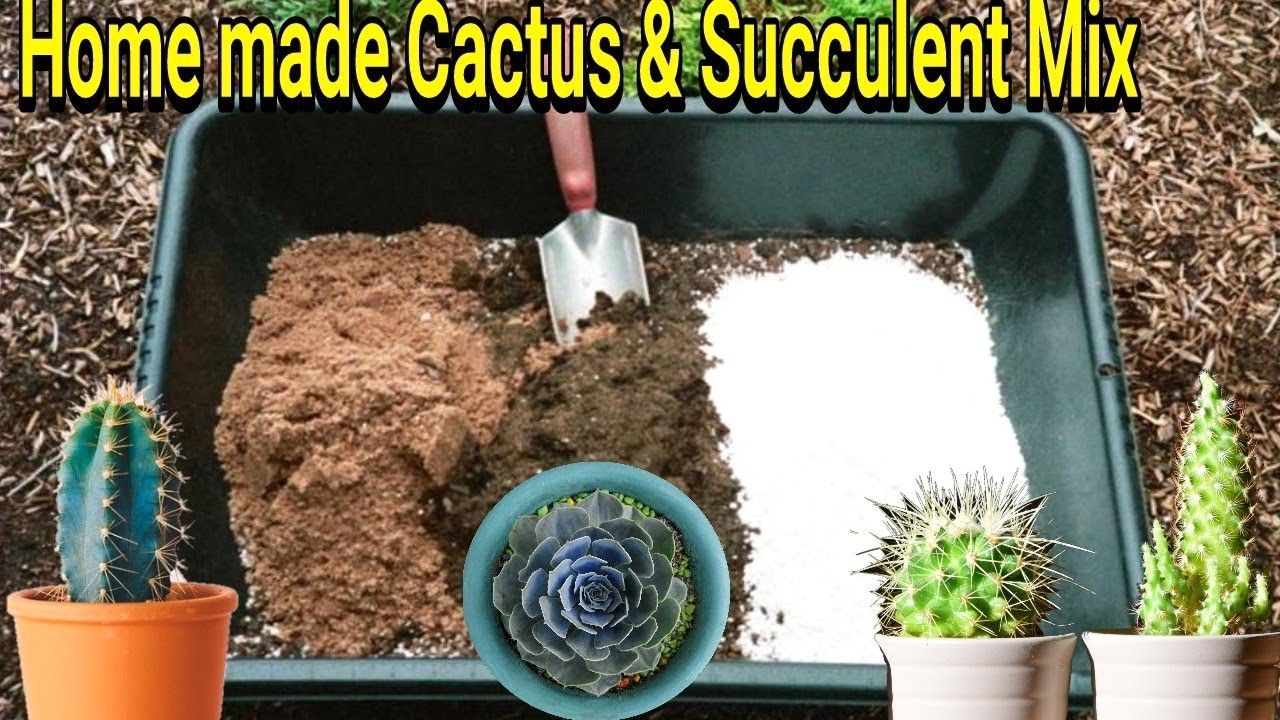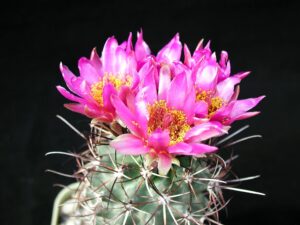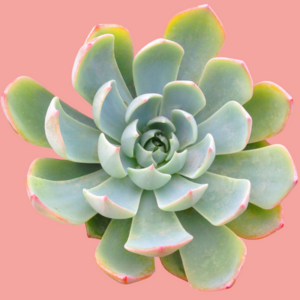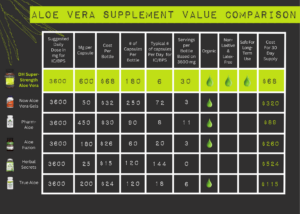When it comes to cultivating a healthy cactus, the soil mix ratio is crucial. Have you ever pondered the enigmatic world of cactus soil? This critical factor plays a pivotal role in the vitality of your spiky companions. Selecting the right soil mix may seem like a simple task; however, it can pose a challenge for both seasoned gardeners and neophytes alike. Let’s delve into the intricacies of crafting an ideal soil mix for healthy cactus growth.
Cacti thrive in arid, sandy environments, and replicating these conditions at home is essential for their wellbeing. The right soil mix should promote drainage while retaining some moisture, striking a fine balance that allows your cactus to flourish. First, let’s explore the primary ingredients that contribute to creating the perfect union for your geological green friends.
Choosing the Right Ingredients: The Foundation of Cactus Soil
The essentials for a well-balanced cactus soil mix are straightforward, yet the ratios can vary widely depending on the specific needs of your plants. Typically, a blend of potting soil, sand, and pumice creates the quintessential mix. But let’s look closer at each component.
Potting Soil: The Base
A quality potting soil provides organic matter that retains essential nutrients. However, it often contains materials that may not drain well. That’s why you should opt for a gritty, well-draining version, ideally designed for succulent plants. The amount should generally constitute about 40% of your total mix.
Sand: The Drainage Champion
Sand performs the crucial function of improving drainage. It allows excess moisture to escape quickly, preventing root rot—a common ailment among cacti. Coarse sand is particularly beneficial as it allows air to circulate through the blend. Aim for approximately 30% sand in your mix for optimal drainage.
Pumice: The Secret Weapon
Pumice, a volcanic rock, not only adds excellent aeration but also retains moisture without suffocating the roots. Its unique texture makes it a fantastic addition to your mix. Striving for about 30% pumice ensures a well-rounded soil that provides nutrients and airflow.
Crafting the Ideal Mix: Ratios and Proportions
Now that you’ve gathered your materials, it’s time to create your soil mix. A common and effective ratio might look something like this: 40% potting soil, 30% sand, and 30% pumice. However, some cacti may have specific requirements. For instance, a more moisture-sensitive species could benefit from a slightly drier blend. Conversely, those that require a bit more moisture retention might need adjustments.
It’s advisable to experiment with your ratios for your unique cactus collection. What might work for one species may not be suitable for another, so be prepared for some trial and error. Keep a watchful eye on your plants, and don’t hesitate to adjust your mix accordingly.
Signs of Improper Soil Mix: What to Watch For
Every gardener cherishes a flourishing plant. However, if your cactus isn’t thriving, the soil mix could be the culprit. Watch for telltale signs that indicate your blend may require modification:
Yellowing or Softened Stems:
When a cactus develops yellowing or has a mushy texture, it may be a symptom of overwatering. This can occur when the soil holds too much moisture. To combat this, consider increasing the sand and pumice ratio in your mix.
Stunted Growth:
A cactus that fails to grow can signal nutrient deficiency or inadequate drainage. If you’ve established that your watering routine is optimal, it might be time to rethink your soil combination. An increase in organic matter may provide a necessary nutrient boost.
Root Rot: The Silent Killer
Root rot is a common problem among cacti and a quick killer if left unchecked. If you notice a foul smell or see blackened roots, it’s a clear indication that moisture retention is out of balance. Ensuring adequate drainage through proper soil mix is essential in preventing this dire situation.
Additional Enhancements: Boosting Your Mix
While the primary components are vital, consider what other enhancements you could add to your cactus soil mix. Some gardeners swear by the benefits of added perlite for enhanced aeration, while others may incorporate worm castings for an organic nutrient boost. These optional additions can create an even more suitable environment for your cacti.
The Importance of Container Choice
Finally, it is crucial to pair your soil mix with the right container. Choose pots with drainage holes to facilitate excess water escape. Terracotta pots are highly recommended as they allow for moisture evaporation, protecting your cacti against root diseases.
In Conclusion: Finding Your Perfect Blend
A healthy cactus requires the right soil mix ratio to truly thrive. Through a measured approach and attention to your plants’ needs, you can cultivate a dense forest of flourishing cacti. Experimenting with ratios and remaining vigilant in monitoring your cactus will yield rewards that are as delightful as the robust plants themselves. Happy gardening!





Leave a Comment